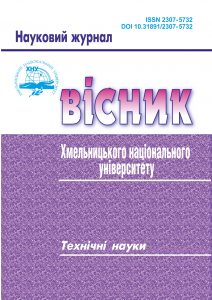OVERVIEW OF HARDWARE-BASED PSEUDORANDOMNESS GENERATION
DOI:
https://doi.org/10.31891/2307-5732-2023-329-6-307-311Keywords:
Fibonacci method, direct digital frequency synthesizers, methods of generating pseudo-random sequences, technical information systemsAbstract
At work, the importance of direct digital frequency synthesizers for modern radio-electronic devices is emphasized. Their advantages include rapid reconfiguration, high resolution, and broad frequency bandwidth. Multilevel DDS, due to their technological features and unique characteristics, have found wide application in communication systems, especially those requiring high reliability and security. However, to achieve maximum productivity and quality of the spectral composition of such synthesizers, the speed of individual arithmetic operations in the digital core is a critical factor.
The article discusses various types of generators that can be used to create a pseudo-random sequence, employing different methods. An optimized scheme for the best implementation of generating pseudo-random sequences based on the Fibonacci method is presented. It includes characteristics, types of signal formation, as well as their main advantages and disadvantages compared to other methods.
Random numbers are widely used in cryptography and security applications. If their generation process is weak, it can undermine the entire security framework: such vulnerabilities can be exploited by attackers to gain information and even compromise the most robust encryption implementations. Random number generators are usually tailored to specific silicon technology and are challenging to scale on programmable hardware without losing entropy. On the other hand, programmable devices and systems on a chip have gained extensive use, including critical security applications where high-quality random number generation is essential.
The presented article describes an overview of random number generators applicable in cryptographic algorithms such as the Vernam method and implemented on programmable logic integrated circuits (PLICs).

